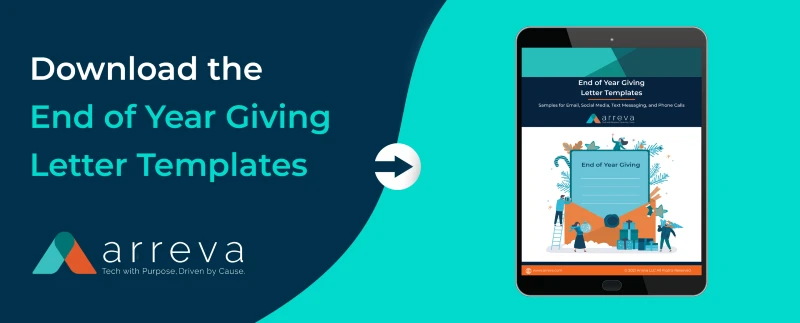Year-end Giving – Paying Attention To Your Special Friends

You are probably in the middle of planning your year-end fundraising push. Perhaps you have prepared your direct mail piece and are starting to segment your list. The most important segments to consider for special treatment are your major donors, your board, and other special friends. Hopefully, many of your board members are on the major donor list, and your major donor list is much longer than your board list!
Of course, you’ll want to ensure that each and every board member makes a gift every year. This requires more than a simple reminder at year-end.
First, it’s important to lay the groundwork, to build board agreement that it is important for everyone to participate. If you don’t have a board job description that includes an annual gift, you should consider creating one. The full board should approve the job description. This builds consensus among your board members and also lets prospective members know what they’re signing up for.
Just because everyone knows what’s expected doesn’t mean you’ll get 100% participation. A reminder at a board meeting about the need to participate is a good start. Then board members need a special letter, signed by the chair. And those who do not respond need a follow-up email or phone call with a simple message like “we’re almost at our goal. There are just two of you who haven’t responded.”
And finally, you need a big announcement once all the board gifts are in. If, after all this effort, you don’t get 100%, announce as much at your next meeting. You can still celebrate 95%, and of course, that also sends a not-so-subtle message to the outlier about causing the missed goal.
Another group that needs special handling are those who give large gifts on a regular basis. These major donors should not receive a direct mail piece. They also need a special letter at year-end. The letter should thank them for being a special friend to your organization. It should remind them of what they gave last year, and it should ask for a specific amount this year.
Who should sign these letters, and perhaps add a personal note? This is another place where paying attention to details can make a donor feel special. Is the donor close to the Executive Director? Are they acquainted with the board chair? Have they worked together on a project with program staff or helped on a campaign with the Development Director? Making the ask feel personal is a good strategy for building a deeper relationship.
It’s possible you may have other close friends, loyal volunteers, or long-time donors for example, who can make a nice annual gift but haven’t been. If you are using wealth screening to rate your donors, you can look for those long-termers who have high capacity. You already have a close relationship with them. Why not take the time to send them a special message, inviting them to increase their annual participation?
Finally, there are those really special friends, those who give especially generous gifts. For those people, you might consider something more than a letter. A nice lunch with the Executive Director, an invitation for a tour by the Director of Development, or a visit to see a program all can provide an opportunity for a personal ask. There’s nothing like a face-to-face request to repeat last year’s gift, or even increase it.
So before you send out your year-end letters, be sure your board members are correctly coded in your data and excluded from the mailing list. Determine who else needs special handling, based on gift size, volunteer history, or other factors, and take the time to treat each one as the special friend that they are. Remember the 80/20 rule. You should spend 80% of your time on the top 20% since they will in turn provide 80% of your results.


